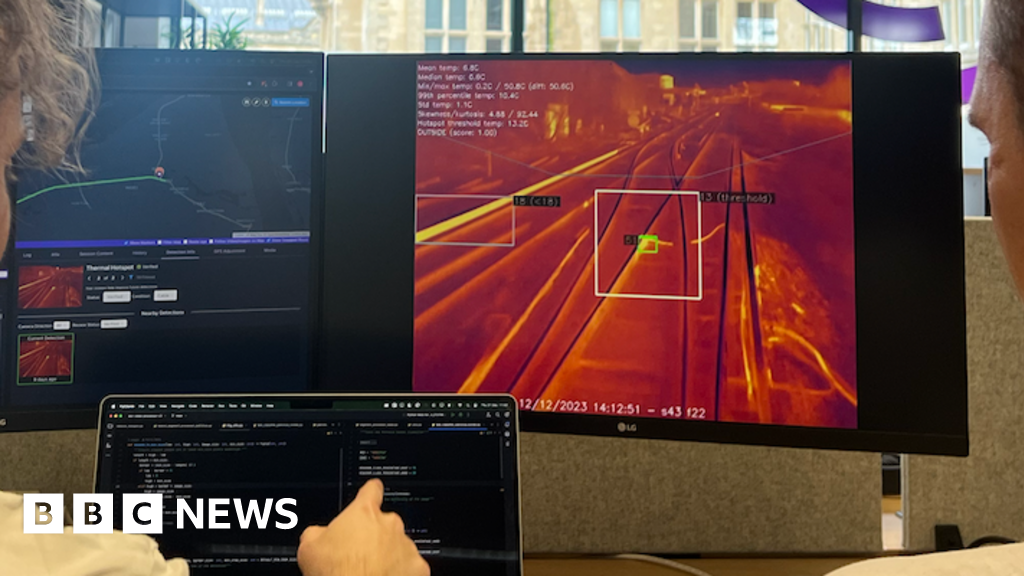Infra-Red Calibration Balloon S73-7, with a width of 66 cm, was launched on April 10, 1974 as part of the US Air Force Space Test Program. Designed to be a calibration target for remote sensing equipment, the satellite failed in its mission and became space junk. The challenge of tracking satellites and space debris is due to the large number of objects orbiting Earth, over 20,000.
The recent rediscovery of S73-7 is significant in the effort to track lost satellites and objects in orbit. Jonathan McDowell, an astrophysicist, discovered that the satellite had disappeared from radar twice, once in the 1970s and again in the 1990s. Identifying these objects accurately remains difficult due to ground-based radar and optical sensors.
With the increasing number of satellites being launched into space, monitoring and understanding their potential threats become more challenging. McDowell emphasized the importance of accurately tracking objects in orbit to minimize risks. As engineers predict their trajectory and altitude when launching satellites, any changes or drifting can complicate tracking efforts. Finding ways to locate and identify objects in orbit is crucial for maintaining a safe space environment.



